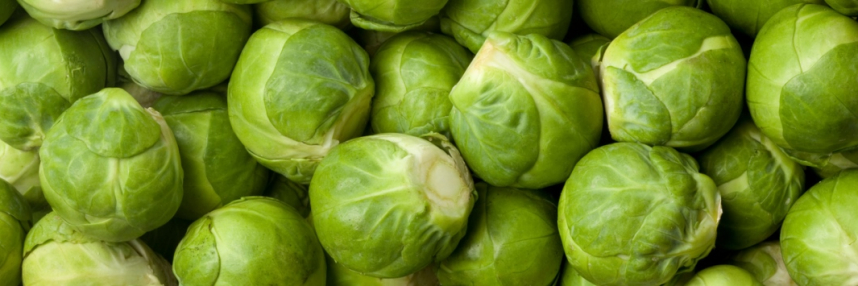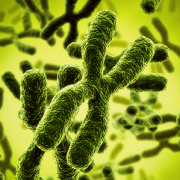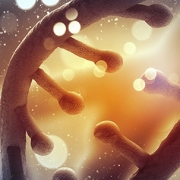Food, glorious food and its bitter aftertaste
As the annual Brussels sprout debate approaches, the difference between those who love or loathe them seems to be determined by our DNA
Humans can taste many compounds but are thought to be able to distinguish only five different taste modalities: sweet, bitter, sour, salty, and umami (the taste of mono-sodium glutamate or the sweetness-like taste of plain chicken soup). It sounds straightforward enough, but it seems how we experience taste goes beyond a few simple categories. Alain Li Wan Po considers.
Accounting for taste – brain or tongue?
Pythagoras (c. 570 – c. 495 BC) is sometimes celebrated as the first pharmacogeneticist because he forbade eating broad beans; two thousand years later it was shown that the haemolysis seen in some people eating fava beans was due to a hereditary deficiency of the enzyme glucose-6-phosphase dehydrogenase (favism).
Alcmaeon of Croton, a younger contemporary follower of Pythagoras, rose to fame as a founder of experimental physiology. He concluded, through experimental evidence gathered by careful animal dissection and vivisection, that the brain was the organ of sensation.
‘It is with the tongue that we discern tastes. For this being warm and soft dissolves the sapid particles by its heat, while by the porousness and delicacy of its structure it admits them into its substance and transmit them to the sensorium,’ he said. Today we know that the transmission he referred to is not of particles but of signals triggered by interaction of food molecules with a host of different channels and receptors embedded within the tongue.
The genetics of taste
Humans show wide variation in taste perception. In 1931, Arthur L. Fox, a chemist working on artificial sweeteners, described how he ‘had occasion to prepare a quantity of phenyl thio carbamide, and while placing it in a bottle the dust flew around in the air. Another occupant of the laboratory…complained of the bitter taste of the dust, but the author, who was much closer, observed no taste’. As health and safety officers had yet to evolve into today’s strict watchful breed, he tested his compound on other volunteers. Forty percent found the carbamide (PTC) having ‘no more taste than sand’.
Taste-testing was done subsequently with numerous bitter compounds and at a 1959 meeting in London on genetic variation and sense perception, the famous pharmacogeneticist Werner Kalow stated that there were ‘two physiologically occurring substances in the body that are bitter: earwax and bile,’ and asked whether they were ‘appreciated normally by non-tasters’. The geneticist Hans Kalmus from the Galton Laboratory answered that he ‘would assume that they are’. Perhaps he had difficulty recruiting volunteers for a more definitive answer.
Of ape and man
Intrigued by this dimorphic trait (i.e. separating into two distinct groups), the statistician R.A. Fisher, and geneticists E.B. Ford and Julian Huxley investigated its biological evolutionary history, testing all 28 anthropoid apes held at the Edinburgh, London and Whipsnade zoos in 1939. They knew their test would work ‘when the first animal they tested … looked at Fisher in his eyes and spit at him’. Seven chimpanzees were taste-blind. They concluded that of ‘the existence of a stably balanced and enduring dimorphism determined by this gene there can be no doubt’.
Fisher and his colleagues were very excited. Here was a trait, they thought, that was passed down since before ape and man diverged. However, the molecular evidence to test this hypothesis would not surface until many decades later. First, Watson and Crick had to discover the double-helix, and the genomic technologies for molecular sequencing had to be developed. It is less than two decades ago that the family of receptors for bitter-taste was identified.
The role of receptors
Now, dozens of receptor subtypes with varying specificities for different bitter-tasting compounds have been identified. This multitude of receptors explains the early puzzling observation that PTC bitter-taste blindness only followed simple Mendelian inheritance approximately, or that specific bitter-taste-blindness was not complete. Genetic ‘non-tasters’ could taste higher concentrations requiring testing to be done using an arbitrary threshold concentration. Variant forms of each receptor gene determine whether one is taste-blind or not.
As we approach the end-of-year festivities, when more food will be consumed than at any other period of the year, it is interesting to reflect that natural selection has acted to shape taste receptor genetics and our taste preferences over time. The sharp divide between those who love and hate the Brussels sprouts element of a traditional Christmas dinner is probably largely a result of genetically determined differences in bitter-taste sensitivity.
Research over the past decade has shown that the bitter-taste-receptor genes are also expressed in a variety of tissues other than those of the mouth, including the respiratory tract, the skin, the testis, the placenta, and the brain, raising important questions about the physiological implications. Early work suggests important roles for these receptors in innate immunity, and ongoing research seeks to uncover the functions of receptors in these new locations, with one focus on components of foods such as the bitter melon and black pepper, and their possible therapeutic applications.
A recipe for success?
When India was part of the British Empire, officers posted there were given bitter quinine to protect against malaria. To overcome the inconvenience of bitter-taste-receptor gene variants, a Mr Bond (Erasmus, not James) suggested adding gin (shaken not stirred?) to make a more palatable medicinal cocktail about which Winston Churchill is famously quoted as claiming: “Gin and tonic has saved more Englishmen’s lives, and minds, than all the doctors in the Empire.” In fact, as radars of our innate immune system, bitter-taste receptors may well have saved more lives than Churchill could ever have imagined.
–









